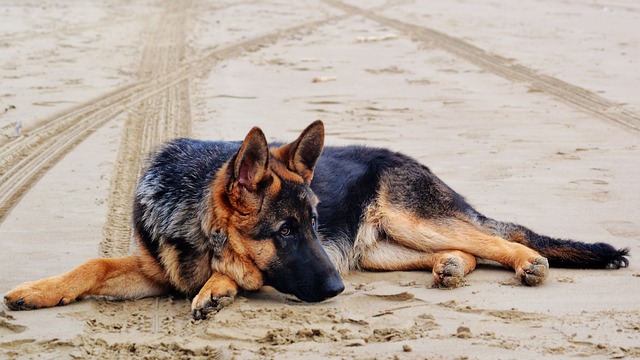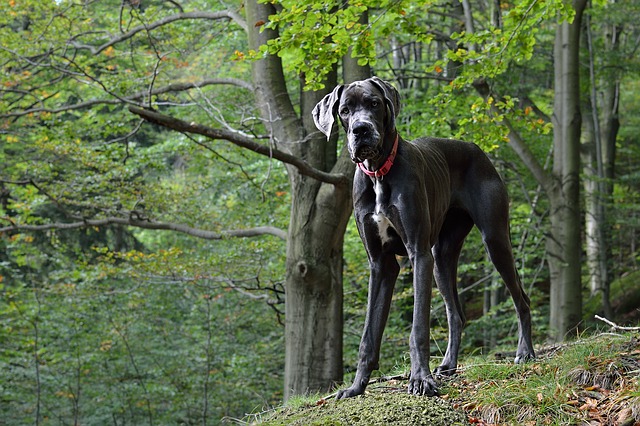Hip dysplasia is a concept that strikes fear for dog lovers. It is an important and common source of pain for many dogs. Dogs suffering from hip dysplasia can act stiff and sore in the rear legs. They may have a harder time on slick surfaces or when rising from lying down. You might notice an affected dog seems reluctant to jump up onto furniture or climb into cars.
Related: Best Elbow & Hip Dysplasia Supplements for Your Pup
Even if you have not noticed any signs, remember that some dogs are stoic about pain and brave enough to hide it from you. However, even in these courageous patients, the pain exists and just because you cannot see it, does not mean it should not be addressed.

If you break down the terms “hip” and “dysplasia”, you can find out about the disease process. Dysplasia comes from the word parts, dys– from English meaning bad and plasia is from Greek word, plasis which means growth. So really, it is over simplified, but the term literally means “hips grow badly.” So just from the name, we know that the problem is in the hip and that it is something that is present early on and worsens over time.
The hip describes the joint at the top of the rear leg and is made up of what is known as a “ball and socket” type joint. The ball is a part of the femur (the bone that makes up a human being’s thigh) and it is literally round, like a ball. The socket is a part of the pelvis, for both dogs and humans, and it provides a seat in which the ball can rest and rotate.
This setup normally allows for an excellent range of motion. When things are not normal, as in dysplastic patients, the joint is malformed. Abnormalities can be in either the ball or the socket (or both) and cause instability of the entire joint. Joint laxity (looseness or asymmetry) causes unusual wear. A good example of abnormal symmetry is the pattern of wear on your own shoes if you do not walk with perfect evenness. Your dog’s joints might be like your loafers with the worn outside sole (only you can buy new loafers). Your dog is stuck with his worn hips, unless he gets a surgical hip replacement.

There is a strong genetic correlation for hip dysplasia in certain breeds, including many large breed dogs. But mixed breed dogs are certainly affected. The most important feature of hip dysplasia is pain and of course, pain must always be managed for quality of life. If you think that your dog suffers from hip dysplasia, be sure to contact your veterinarian. An examination and radiographs are in order to help stage the process. There are many options to help, from joint supplements to prescription medications, even acupuncture and physical therapy.
The signs in affected dogs can be reduced and managed, but most cases require lifelong management. You should be aware of hip dysplasia risk for any large breed dog. If you choose to adopt a purebred dog, ask educated questions and do your research prior to making a purchase. Responsible breeders are making a concerted effort to reduce the incidence of hip dysplasia through careful screening and selecting of breeding stock.
Hip dysplasia is not a curable condition without hip replacement, but there are treatment options. Always voice your concerns to your veterinary health care team.
Do you know a dog affected by hip dysplasia? Find me on Facebook to learn more about pets-Kathryn Primm, DVM
 Toledo, United States.
Toledo, United States.